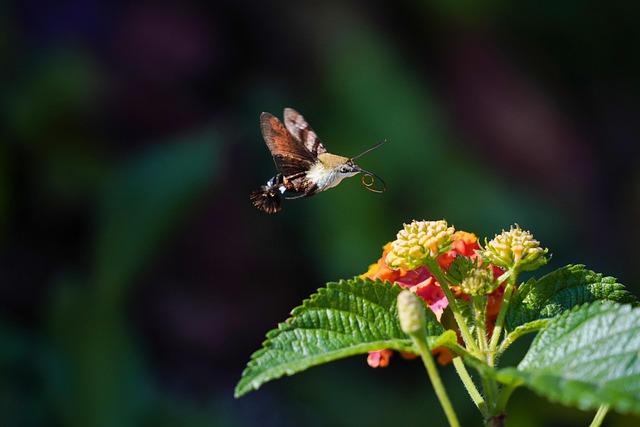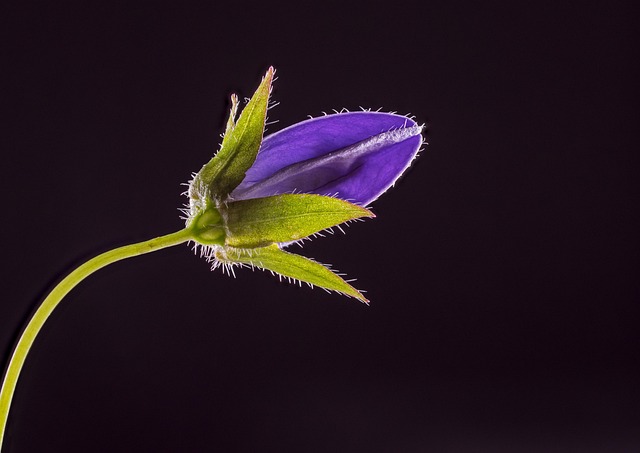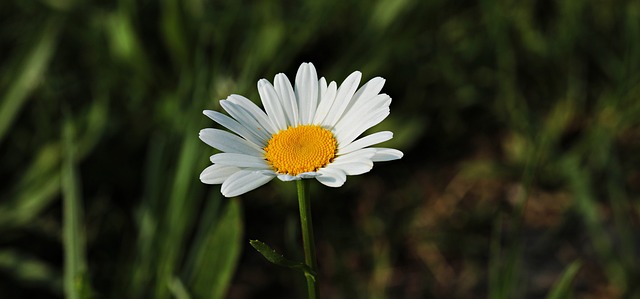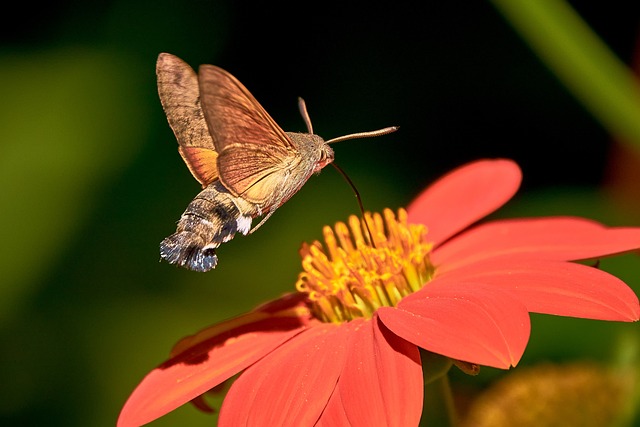Color shifts in blooms offer valuable insights into both plant physiology and environmental changes, particularly in Karachi's unique urban ecosystem. Research has revealed how temperature, humidity, and sunlight exposure influence floral colors, providing crucial clues about climate adjustments due to urbanization. These shifts are essential for biodiversity preservation, urban planning, and selecting suitable plant species for Karachi's dynamic environment. By understanding these correlations, researchers can help ensure the longevity of diverse plant species through resilient planting strategies adapted to a changing climate.
In the vibrant botanical landscape of Karachi, color shifts in blooms have emerged as a fascinating indicator of climate change. This article explores the intricate relationship between floral colorations and environmental factors, focusing on how rising temperatures and variable weather patterns influence the hues of Karachi’s diverse flora. By delving into scientific studies, we uncover insights that hold significant implications for ecology and horticulture, offering a unique perspective on the city’s rich botanical heritage.
- Understanding Color Shifts in Blooms
- The Role of Climate in Floral Colorations
- Karachi's Unique Botanical Landscape
- Environmental Factors Influencing Bloom Colors
- Scientific Studies and Their Findings
- Implications for Ecology and Horticulture
Understanding Color Shifts in Blooms

Color shifts in blooms have long fascinated botanists and ecologists alike, offering insights into both plant physiology and environmental changes. In Karachi, for instance, researchers have observed unique patterns where floral colors evolve over time, often reflecting subtle adjustments to local climates. This phenomenon is particularly intriguing due to the city’s diverse microclimates resulting from urbanization, which create varying conditions for plant life.
These color shifts are not merely aesthetic; they serve as visual cues indicating how plants respond to factors like temperature, humidity, and sunlight exposure. For example, a shift from vibrant reds to softer pinks or whites might signify changing light availability as seasons progress. Understanding these correlations is crucial for preserving local biodiversity and even for urban planning, as it can help in selecting plant species that are best suited to the ever-changing Karachi environment.
The Role of Climate in Floral Colorations

In the vibrant landscape of Karachi, as in many other regions worldwide, climate plays a pivotal role in shaping the colors of blooms. The temperature, rainfall patterns, and daylight hours directly influence floral pigmentation, leading to dynamic shifts in the hues of petals throughout the seasons. For instance, during hotter periods, certain flowers may exhibit more vibrant shades due to increased chlorophyll production, while cooler climates can result in deeper, richer colors as plants adjust their pigments for optimal survival.
These climate-driven color changes are not mere aesthetic variations but hold significant ecological value. They signal adaptation strategies employed by plants to attract specific pollinators or deter predators. In Karachi’s unique ecosystem, understanding these correlations is essential for conservation efforts and appreciating the intricate relationship between floral beauty and environmental factors.
Karachi's Unique Botanical Landscape

Karachi, Pakistan’s bustling metropolis, boasts a unique and diverse botanical landscape that sets it apart from many other urban centers worldwide. The city’s vast array of flora includes native species as well as those introduced over time, creating a vibrant tapestry of colors and textures. This rich biodiversity is particularly evident in the numerous parks and green spaces scattered across the urban fabric. One notable aspect is the variety of blooming plants that display striking color shifts throughout the year, influenced by climate patterns.
The city’s climate, characterized by hot summers and mild winters, plays a significant role in shaping this natural phenomenon. As temperatures rise, certain flowers undergo vibrant transformations, showcasing hues that range from delicate pastels to intense saturates. These seasonal changes not only contribute to Karachi’s allure but also provide valuable insights into the intricate relationship between plant life and environmental factors.
Environmental Factors Influencing Bloom Colors

In the vibrant landscapes of Karachi and beyond, the colors of blooms often reflect intricate environmental narratives. Various factors play a pivotal role in dictating the hues these flowers exhibit. Temperature is a key player; cooler climates tend to favor brighter, more intense colors in petals, while warmer regions may produce subtler shades due to increased heat stress on the plants. Similarly, sunlight exposure significantly influences color shifts; flowers facing direct sunlight often develop deeper tones as they absorb more light energy.
Soil composition and moisture levels are equally critical. Nutrient-rich soils can enhance pigment production, leading to richer colors, whereas water scarcity might prompt plants to adapt by altering their bloom hues. In Karachi’s unique ecological setting, these factors combine, creating a captivating kaleidoscope of floral colors that not only delight the senses but also offer valuable insights into the region’s climate and environmental conditions.
Scientific Studies and Their Findings

Scientific studies have increasingly explored the fascinating connection between color shifts in blooms and climate patterns, especially in diverse ecosystems like those found in Karachi. Researchers have discovered that changes in floral pigmentation can be strongly influenced by temperature and rainfall variations. For instance, a study conducted in urban areas of Karachi revealed that higher temperatures lead to earlier bloom times and altered petal colors, with some flowers exhibiting more vibrant hues due to increased light availability during warmer seasons.
Additionally, investigations into the impact of climate change on plant colors have shown significant correlations. In Karachi’s unique biodiversity hotspots, scientists observed that as atmospheric CO2 levels rise, certain blooms develop deeper reds and blues, potentially serving as a visual indicator of environmental stress. These findings contribute to our understanding of how plants adapt to changing climates, offering valuable insights for conservation efforts in diverse regions, including Karachi’s rich botanical landscapes.
Implications for Ecology and Horticulture

Color shifts in blooms present a fascinating phenomenon, offering valuable insights into climate change and its ecological implications. As temperatures rise and weather patterns shift, plants may alter their pigment production, leading to visible changes in flower colors. This is particularly notable in regions like Karachi, where diverse flora experiences unique adaptations to the local climate. For instance, shifts from vibrant reds to softer pinks or even white can indicate stress responses to heat or water scarcity.
In horticultures and ecological studies, these color variations serve as indicators of underlying environmental changes. Scientists and gardeners can use this knowledge to develop strategies for resilient planting, selecting varieties better suited to the evolving climate. For Karachi’s vibrant gardens and agricultural landscapes, understanding and adapting to these shifts could ensure the longevity of diverse plant species, contributing to a more sustainable future.
The study of color shifts in blooms provides valuable insights into the intricate relationship between floral coloration and climate change, particularly in diverse ecosystems like Karachi’s unique botanical landscape. By understanding these shifts, scientists and horticulturists can anticipate environmental impacts on plant life, adapt cultivation practices, and preserve the vibrant tapestry of local flora. These findings underscore the importance of monitoring and preserving Karachi’s rich biodiversity in light of global climatic fluctuations.

Leave a Reply